
HubSpot Marketing Guide | A Complete Overview of GTM (Go-To-Market) Product Launch Strategy
Whether it’s a startup, a B2B business, or any other enterprise planning to launch a new project, this guide is highly valuable.
In 2025, as competition in the global market intensifies, developing a comprehensive Go-to-Market (GTM) strategy has become increasingly critical.
On one hand, a well-thought-out and effective GTM strategy framework is key to successfully bringing a product to market.
On the other hand, without a plan, businesses cannot determine whether they are targeting the wrong audience, whether the timing for market entry is appropriate, or whether the target market is already saturated. In today’s rapidly changing business environment, such uncertainty can pose significant risks.
To make this process more manageable, this article will outline all the essential elements of crafting an outstanding GTM strategy from a sharing perspective. Whether it’s a startup, a B2B business, or any other enterprise planning to launch a new project, this guide is highly valuable.
Fundamental Concept: What is a Go-to-Market (GTM) Strategy?
A GTM strategy is a systematic plan designed to introduce a new product to the market and generate demand. It helps businesses identify their target audience, develop marketing and sales strategies, and ensure alignment among all key stakeholders.
While every product and market has its unique characteristics, a well-crafted GTM strategy should accurately identify market pain points and position the product as a solution. Notably, GTM strategies are not limited to physical products—they are equally applicable to new services, new business divisions, or even the launch of entirely new ventures.
Purpose of a GTM Strategy
At its core, every GTM strategy provides a clear plan to guide businesses in bringing their product to market with minimal risk. It helps all stakeholders (whether directly or indirectly involved) align on the overall process, reach the right target audience, and effectively communicate the value proposition to drive conversions.
In essence, a GTM strategy is a roadmap to success, leveraging market research, historical case studies, and competitive data to assess the feasibility of a solution and predict its performance. The ultimate goal is to create a plan that helps a business stand out from competitors, differentiate its product or service, and acquire and retain potential customers.
Who Needs a GTM Strategy?
As mentioned earlier, GTM strategies are not limited to physical products. Any business looking to introduce something new to the market, effectively reach its audience, and achieve sustainable growth can benefit from a GTM strategy. For example:
-
Growing businesses launching new products or entering new markets with different customer segments need a GTM strategy to ensure a smooth entry.
-
Small and medium-sized enterprises (SMEs) seeking to expand their market or launch new products can use a GTM strategy to guide their efforts.
-
Businesses undergoing strategic changes (e.g., mergers, restructuring, or business model shifts) should update or create new GTM strategies to align with their new vision and direction.
-
Companies facing increased competition can use a GTM strategy to highlight key differentiators and attract customers.
Advantages of Adopting a GTM Strategy
When developing a new product or service, creating a GTM strategy that fits the budget and targets the right users is crucial. While it requires significant effort, time, funding, and resources, a well-planned GTM strategy can deliver substantial benefits for the project.
For example, the athletic apparel brand Lululemon launched its “Like New” program, promoting the recycling of lightly used clothing, which is then refurbished and resold in an online secondhand store. At first glance, this initiative might seem unconventional, but when viewed in the context of the brand’s buyer persona, it makes perfect sense.

Lululemon’s target consumers are typically health-conscious individuals who value outdoor activities. These customers care not only about fitness and fashion but also about environmental sustainability. By introducing this eco-friendly initiative, the brand resonates with its audience’s values, strengthening its appeal.
Creating Alignment
When preparing to launch a new product or service, alignment is critical. Whether it’s product designers or social media managers, everyone must work in sync, as each contributes to and executes different aspects of the strategy.
A GTM strategy maintains alignment throughout the product lifecycle by providing a roadmap and planning documents that clearly define responsibilities. Here, well-thought-out Standard Operating Procedures (SOPs) play a key role.
In short, an SOP is a set of documents outlining specific tasks (e.g., a product launch), including execution steps, team responsibilities, and project scope. This ensures all stakeholders are fully aligned.
Without such alignment, processes can quickly become chaotic, leading to miscommunication, missed deadlines, and errors that may jeopardize the project’s success.
For a sample SOP template, refer to HubSpot’s SOP Business Template.
Establishing Product-Market Fit
By creating a GTM plan, businesses can avoid many of the mistakes and oversights that lead to failed product launches. Even a well-designed and innovative product can underperform if it doesn’t fit the market. Once the target audience and their specific needs are identified, a GTM strategy helps refine messaging, pricing, and other elements to better appeal to the audience.
Take Apple as an example. In the 1980s, decades before the groundbreaking iPhone launch, Steve Jobs led the development of one of Apple’s biggest failures—the Apple Lisa computer.
Despite its advanced graphical technology at the time, only 10,000 units were sold. Critics attributed the failure to misleading advertising and high pricing, despite its limited processing power.
While Apple and Jobs eventually recovered, smaller businesses launching products without a solid plan could face much greater losses.
Problem-Solving
While a GTM strategy doesn’t guarantee 100% success, it helps manage expectations and address potential issues before investing in market entry. The process of developing a GTM strategy allows businesses to identify market gaps, define niche segments, and better address customer pain points.

Competitive Advantage
Competitive research is a crucial part of GTM strategy development. One of its biggest advantages is that it helps businesses understand how they compare to competitors and identify their product’s unique selling points.
Cost Efficiency
With a GTM strategy, businesses are less likely to waste budget on processes that don’t contribute to their goals. Instead, spending becomes more strategic, ensuring resources are allocated to areas that drive success.
Accelerating Growth
A high-quality GTM strategy saves time. While immediate success isn’t guaranteed, thorough planning clarifies which markets to enter and why, enabling businesses to craft compelling value propositions and reach interested customers faster.
To assist in this process, HubSpot offers a free GTM strategy template to help businesses develop a plan for presenting their product to the target audience.
Framework Breakdown: GTM Strategy Methodology
When developing a GTM strategy, there are two primary approaches: the funnel and the flywheel. The traditional funnel method focuses on attracting leads and converting them into customers, while the flywheel method uses inbound marketing strategies to build long-term customer relationships.
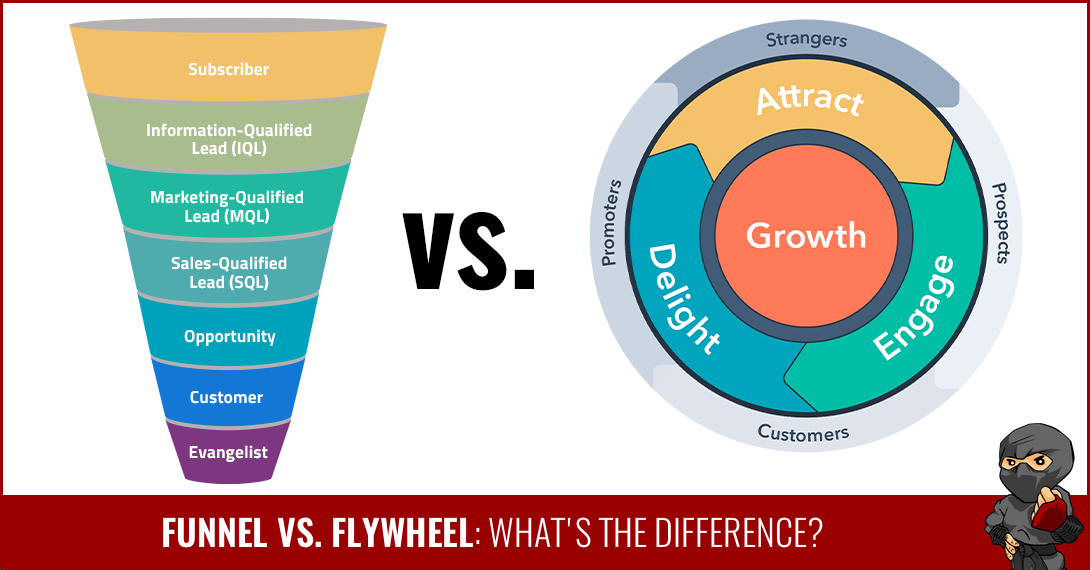
As shown in the diagram above, while the funnel centers on the customer journey stages (awareness, consideration, decision), the flywheel focuses on attracting, engaging, and delighting leads and customers.
Once a lead becomes a customer, the flywheel continues to turn, as businesses must re-engage and delight them through excellent customer experiences, new content, and potential new products.
GTM Strategy Framework
Before diving into the GTM strategy framework, four key points must be clarified—especially when launching an entirely new product. The core components of a GTM strategy include:
-
Product-Market Fit: What problem does the product solve?
-
Target Audience: Who faces the problem the product addresses? How much are they willing to pay for a solution? What pain points does the product alleviate?
-
Competition & Demand: Who already offers a similar product? Is there demand, or is the market saturated?
-
Distribution: Which channels will be used to sell the product or service? (e.g., website, app, third-party distributors)
Businesses can also use market entry platforms (e.g., Dealfront) to help build and execute their strategy. These platforms collect data across four layers, enabling businesses to:

-
Identify ideal customers
-
Track visitor behavior
-
Engage leads
-
Promote via B2B display ads
Step-by-Step Guide: How to Build a GTM Strategy?
Based on years of experience helping businesses develop GTM strategies, HubSpot has compiled the following step-by-step guide, incorporating a case study from Automation Hero (formerly SalesHero) to illustrate how GTM strategies evolve with business growth.
01. Use a GTM Strategy Template
Launching a new product or service involves multiple steps and stakeholders, making it easy for things to become complicated. To ensure alignment and progress, the first step is to find a suitable GTM strategy template.
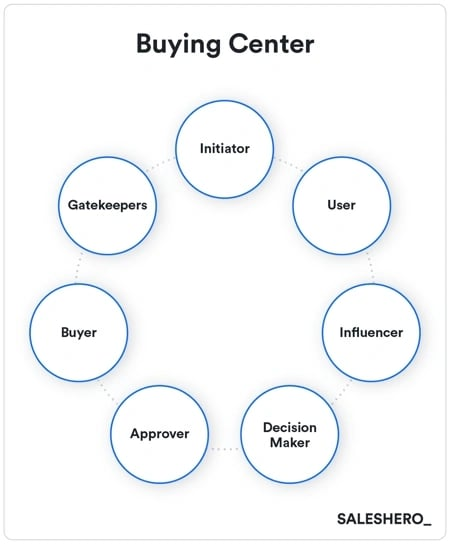
HubSpot offers a free GTM toolkit, which includes multiple templates to help businesses organize execution and clarify team responsibilities.
02. Identify the Buying Center & User Personas
When preparing for a product launch, customer considerations are paramount. According to Gartner research, a typical B2B buying group involves 6-10 decision-makers, collectively known as the “buying center.”
These buyers typically fill the following roles (some may overlap):
-
Initiator: Starts the buying process
-
User: Regularly uses the product
-
Influencer: Advocates for the product
-
Decision-Maker: Approves the purchase
-
Buyer: Holds the budget
-
Approver: Final executive sign-off (often C-level)
-
Gatekeeper: May block implementation
Each role varies by product, industry, and market. Businesses should brainstorm with cross-functional teams to identify all relevant roles.
For example, Automation Hero’s buying center can be mapped as follows:
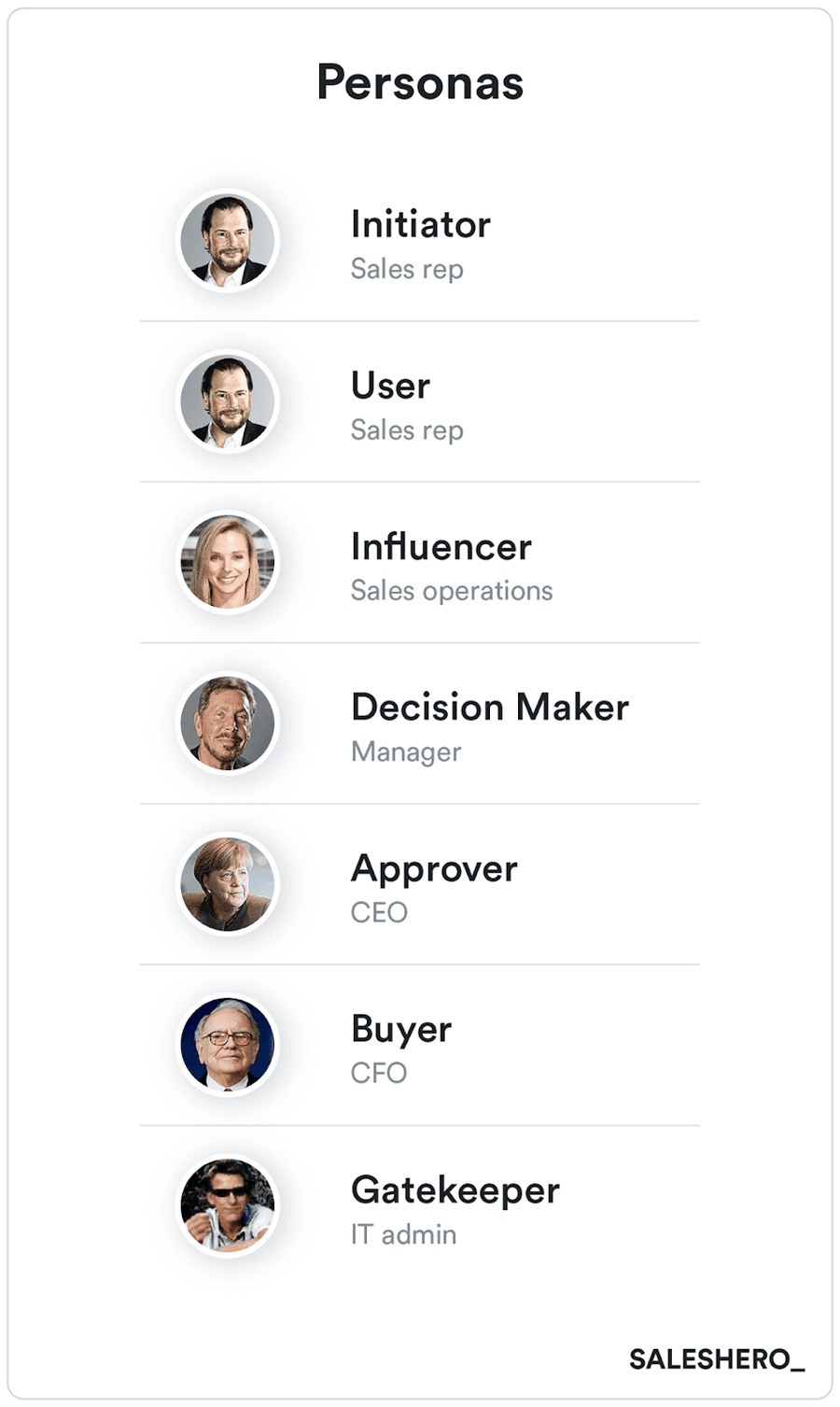
03. Develop a Value Matrix to Refine Messaging
After mapping the buying center roles, the next step is creating a value matrix.
A value matrix analyzes each buying center role, their business challenges, and how the product provides value. It also includes tailored marketing messages linking problems to solutions.
Businesses should create a table with each role in a column, listing their daily pain points and how the product addresses them. The messaging should highlight pain points rather than generic benefits—similar to how people take painkillers for immediate relief rather than vitamins for prevention.
04. Test Messaging Effectiveness
Once the value matrix is defined, businesses should test messaging across marketing platforms. Three variables must be considered:
-
Channel (e.g., LinkedIn, Google Ads, Facebook, Twitter/X)
-
Target Audience
-
Message
After testing, allocate more budget to high-converting channels.
05. Optimize Ads Based on Results, Then Scale
Next, refine audience targeting. Some platforms (e.g., LinkedIn) allow precise targeting by job title, industry, company size, and location. Businesses should test different segments to identify high-performing audiences.
For example, if certain industries show higher click-through rates (CTR), focus ad spend there. The goal is to maximize return on investment (ROI).
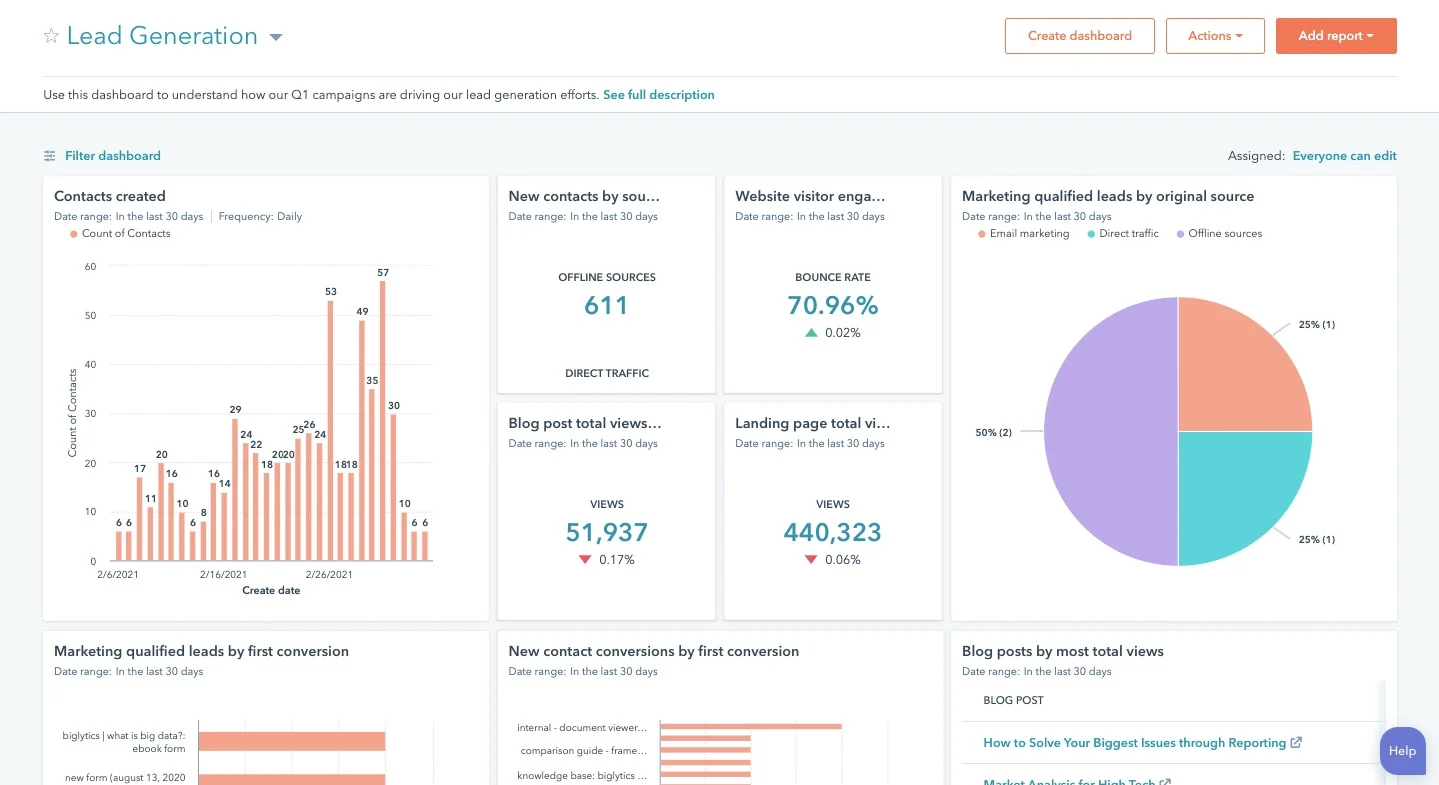
Using marketing analytics tools (e.g., HubSpot Marketing Hub) helps track audience behavior across channels, compare performance, and scale campaigns based on insights.
06. Understand the Buyer’s Journey
After defining personas and value matrices, businesses must deeply understand the buyer’s journey—both from the customer’s and the company’s perspectives.
From the customer’s view, the journey is linear:
-
They recognize a problem and research solutions.
-
They shortlist options.
-
They engage with sales teams, test products, and make a decision.
From the company’s view, the traditional sales funnel has evolved into the flywheel model, which focuses on three stages:

-
Attract: Capture attention (e.g., blogs, ads).
-
Engage: Nurture leads (e.g., demos, consultations).
-
Delight: Retain customers (e.g., post-sale support).
Marketing teams typically handle the Attract and Engage stages, while sales teams take over when leads request quotes or trials. The process includes:

-
Contact: Sales initiates communication.
-
Qualification: Assess fit (e.g., BANT framework).
-
Business Case: Free trials or proofs of concept (POCs).
-
Evaluation: Decision-makers weigh costs vs. benefits.
-
Negotiation: Discuss pricing and features.
-
Close: Deal is finalized.
-
Renewal (Optional): Customer continues subscription.
After the sale, customers enter the Delight phase, where excellent service turns them into promoters, keeping the flywheel spinning.
07. Choose One (or More) Sales Strategies
With foundational work complete, businesses must select a market-entry strategy. No single approach fits all products, so consider complexity, scalability, and cost.

Four common GTM sales strategies:
-
Self-Service: Customers buy directly (e.g., e-commerce). Low-cost, high-volume.
-
Inside Sales: Sales teams nurture leads. Mid-complexity, moderate pricing.
-
Field Sales: Dedicated teams close large deals. High-touch, high-cost.
-
Channel Sales: Partners sell the product. Lower control but cost-effective.
Businesses can mix strategies based on industry or customer size. Startups should scale gradually rather than overinvest early.
08. Combine Inbound & Outbound Demand Generation
To fill the sales pipeline, businesses must attract attention through demand generation, blending inbound and outbound strategies:
-
Inbound: Leads discover the brand (e.g., SEO, content marketing).
-
Outbound: Sales teams proactively reach out (e.g., cold emails, calls).
Once interest is sparked, sales conversations begin, guided by valuable content.

09. Create Content for Inbound Leads
Inbound leads often convert better and cost less to acquire because they’re already researching solutions. Content marketing is key to inbound success, driving traffic via SEO.

The content marketing cycle includes:
-
Keyword Research: Identify high-value, low-competition terms.
-
Content Planning: Brainstorm topics aligned with search intent.
-
Creation: Write articles, add visuals (e.g., infographics, videos).
-
Promotion: Share via social media, email.
-
Link Building: Earn backlinks to boost SEO.
-
Conversion Tracking: Measure engagement, optimize underperformers.
Content should align with buyer journey stages:
-
Top of Funnel (TOFU): Educational (e.g., “What is Sales AI?”).
-
Middle of Funnel (MOFU): Solution-focused (e.g., “How Sales AI Boosts Productivity”).
-
Bottom of Funnel (BOFU): Decision-ready (e.g., “How to Extract Insights with Sales AI”).
Example Content Plan
TOFU (Attract)
-
Blog: “5 Signs Your Sales Process Needs Automation”
-
Infographic: “The Evolution of Sales Tech”
MOFU (Engage)
-
Webinar: “AI Tools for Sales Teams”
-
Case Study: “How Company X Increased Revenue by 30%”
BOFU (Delight/Close)
-
Demo: “See Our Platform in Action”
-
Free Trial: “Test Drive for 14 Days”
Practical Tips: 6 Techniques for Implementing GTM Strategies
01. Optimize the Sales Pipeline & Improve Conversion Rates
Growth depends on continuously refining the sales process. Track key metrics:
-
Pipeline Volume: Total opportunities.
-
Conversion Rate: Leads-to-customers ratio.
-
Sales Cycle Length: Time from lead to close.
Analyze drop-offs at each stage (e.g., qualification, evaluation) to identify bottlenecks. Coach underperforming reps to improve efficiency.

02. Analyze & Shorten the Sales Cycle
Reduce cycle length by:

-
Addressing common objections preemptively.
-
Nurturing leads consistently.
-
Focusing on high-potential prospects.
03. Lower Customer Acquisition Cost (CAC)
Optimize CAC to improve profitability. Calculate:
CAC = Total Sales & Marketing Costs / Number of New Customers

Lower CAC means higher margins.
04. Leverage Existing Customers
Retaining customers is cheaper than acquiring new ones. Increase revenue through:
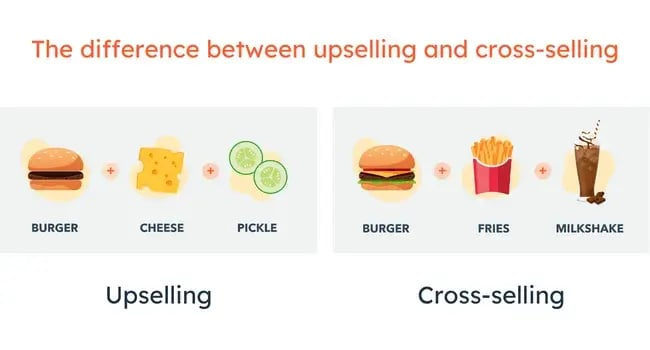
-
Renewals
-
Cross-Selling (related products)
-
Upselling (premium versions)
05. Continuously Iterate
Regularly review and adjust strategies. Document what works and scale successful tactics.
06. Retain & Delight Customers
A flywheel approach prioritizes long-term customer satisfaction over one-time sales. Happy customers become promoters, driving organic growth.
HubSpot Free Resource: GTM Strategy Template
Launching a new product can be overwhelming. HubSpot’s free GTM toolkit (14 templates) helps teams stay organized and aligned. Key templates include:
-
Product Launch Plan: Tasks, timelines, and messaging.
-
Product Roadmap: Ownership and deadlines.
-
SWOT Analysis: Strengths, weaknesses, opportunities, threats.
-
Sales Plan: Strategy documentation.
Real-World GTM Strategy Examples
1. Via Rideshare: Simplifying Commutes
Via differentiated itself from Uber by offering true shared rides along fixed routes, solving pain points like high costs and inflexible public transit.
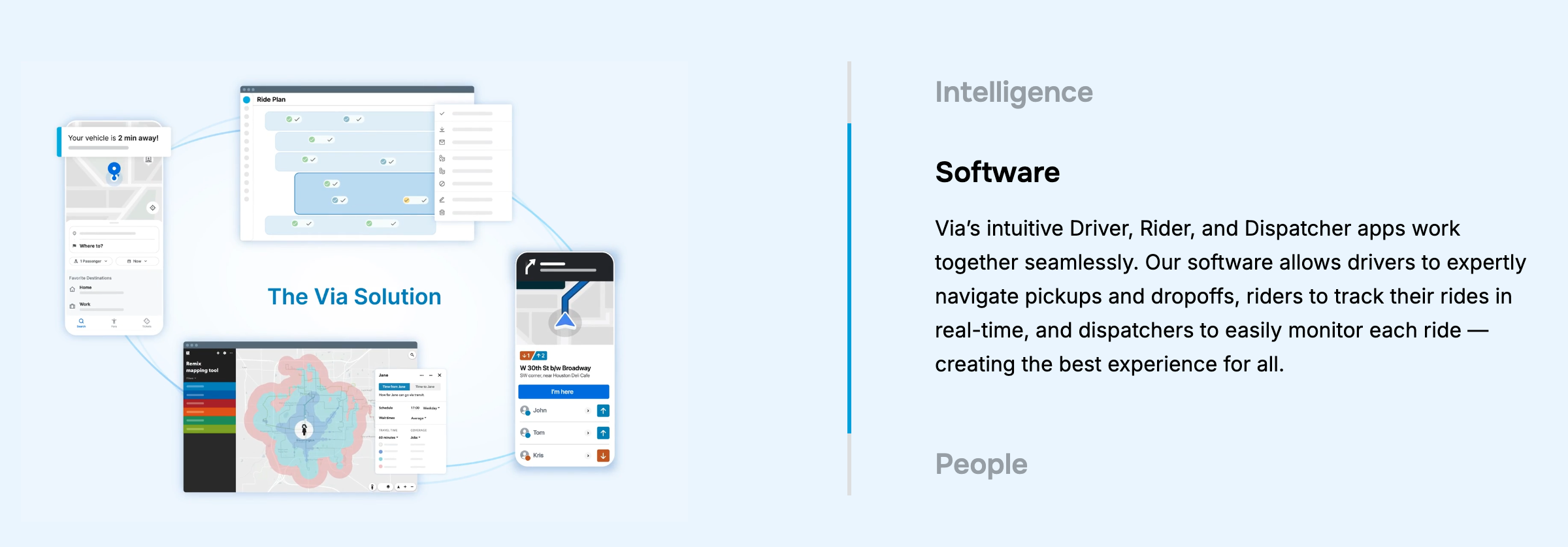
2. Microsoft Surface: Competing with Differentiation
Positioned as a “tablet that’s a full computer,” Surface addressed iPad’s limitations for productivity-focused users.

3. Owala Water Bottles: Clear Messaging & Lifestyle Marketing
Highlighted convenience (“sip without opening”) and targeted active users via Instagram campaigns.

4. Bread Beauty Supply: Streamlined Haircare for Curly Hair
Focused on simplicity in a crowded market, partnering with Sephora for distribution.

5. The Sip: Affordable Champagne Subscriptions
Offered mini-bottles to reduce waste and cost, appealing to luxury seekers on a budget.

6. Vuclip: Streaming for Emerging Markets
Optimized for regions with slow internet, gaining 41M users in 3,000+ cities.
7. Metaverse: Immersive VR Shopping
Facebook’s Metaverse blended online convenience with in-store experiences, amplified by influencer marketing.

Take Action: Build a Strong GTM Strategy Today
Before launching a new product, a robust GTM strategy is essential. By following this guide, businesses can successfully introduce products that meet customer needs and achieve market success.









